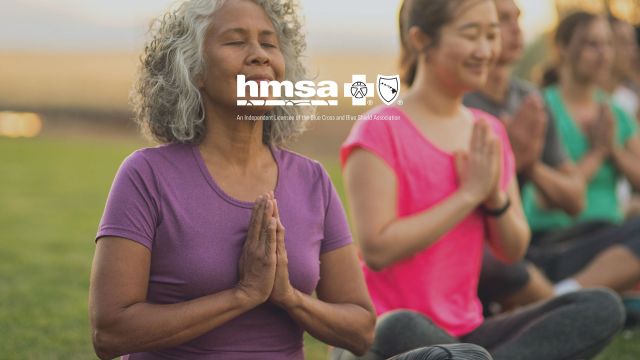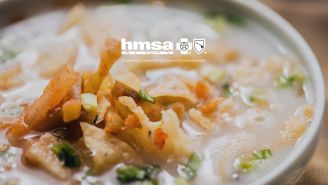Good health isn’t just about exercise and diet. In her book, Mindful Multitasking: Timeless Techniques for a Vibrant Mind, Strong Body, Happy Heart & Light Spirit, Makana Chai talks about how to improve your emotional and mental well-being, which can affect your long-term physical health.
In your book, you write about mindfulness. Why is that so important?
Being mindful can help clear the clutter in our brains to help us concentrate on our work or any task that requires mental focus and concentration. Our minds often go a thousand miles an hour thinking about all these things. Mindfulness can involve focusing on your breath while driving, or observing the mountains, clouds, ocean and play of the sunlight. We’re surrounded by beauty, but we often don’t savor it. If you’re walking to your office or car, look up at the sky and see how blue it is.
How can we better manage stress?
Do things that give you pleasure. I talked to someone who reduced his screen time on Facebook from several hours a day to 15 minutes. He used that free time to read for pleasure. He felt so much better instead of having to deal and respond to bad stuff on Facebook. A kupuna once said to me that life is for delight. It’s not about working all day, going on errands, collapsing in bed and doing it again the next day. You can find delight in all sorts of ways, even in your job and while you’re in traffic.
In your book you talk about Blue Zones Project®, which HMSA has brought to Hawaii. How can Blue Zones concepts help improve our well-being?
Research shows that the people who live the longest, healthiest, happiest lives are physically active every day, stimulate their minds, and have emotional connections with others. They also have a belief in something bigger than themselves.
Blue Zones isn’t just about food. The emotional aspect is important, too. There’s a New York Times article that says how loneliness is the new smoking. People who don’t have connections with others live shorter lives and have more health problems. Loneliness kills just as smoking can kill.
How can people who don’t have family here or a circle of friends make social connections?
You can volunteer to make connections with people in your community. I went to an appreciation lunch for volunteers at a homeless shelter. We played games, laughed and talked about our volunteer work. Our time spent there was uplifting.
How do these practices apply to Hawaiian practices?
In Hawaiian tradition, there’s a real sense of being present and being aware of the land you’re on, the water you’re in, the air you breathe and the plants around you. Also, Hawaiians have a long history of talking story. It’s how they deepen their relationships with people, creating pilina, connection. I’m always learning from my husband (artist Mark Chai) and his family, who are Hawaiian.
This content originally appeared on Island Scene.





